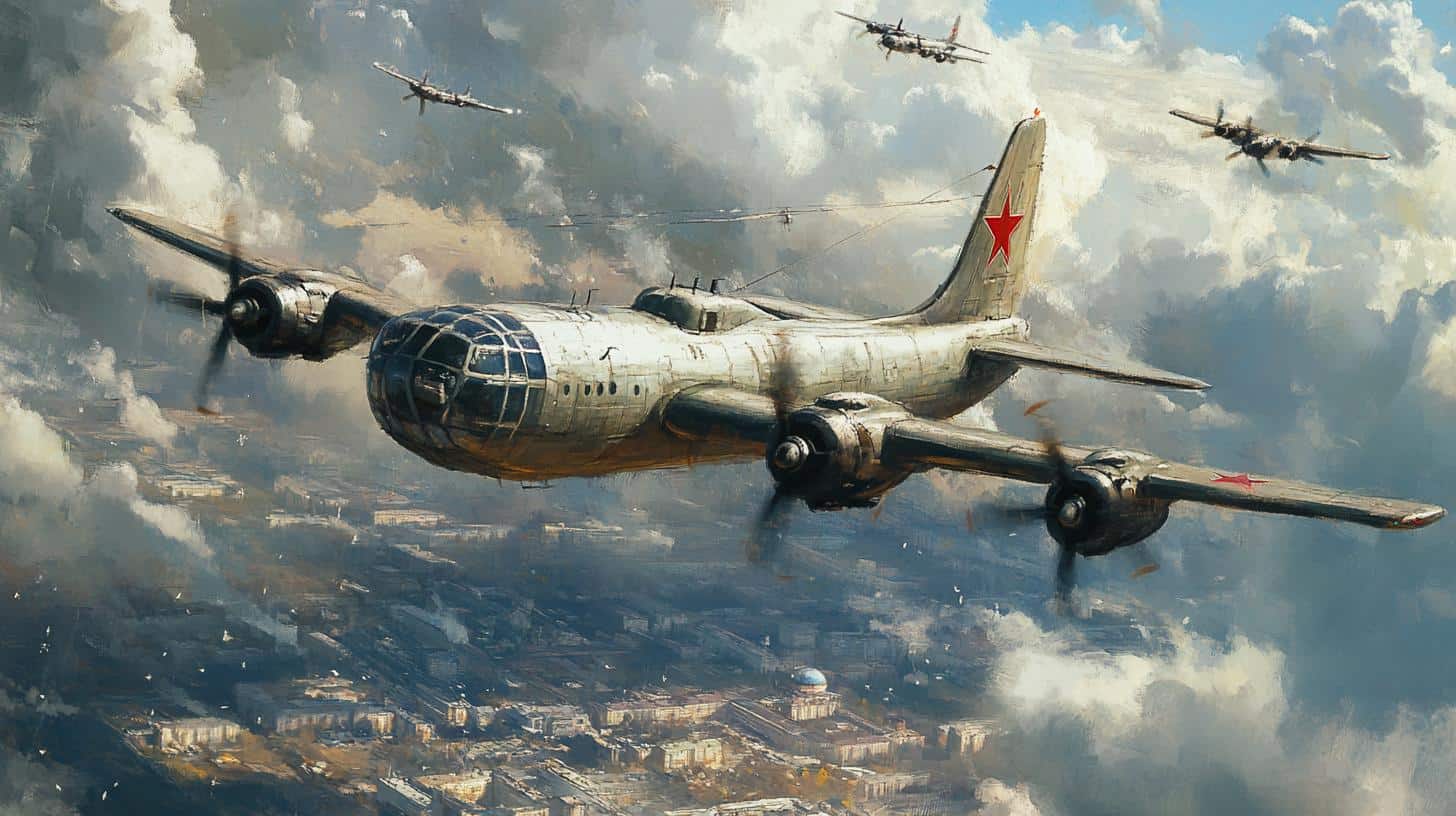Russian Su-35 Jets: Mystique Meets Reality
The once-feared Russian Su-35 fighter jets have faced unexpected challenges in the Ukrainian conflict despite an increased production effort to reinforce Russia’s Aerospace Forces. Designed to compete with America’s fourth-generation aircraft, the Su-35 boasts advanced missiles and electronic warfare capabilities.
Ukraine’s Defense Triumphs
Contrary to Moscow’s expectations, Ukraine, backed by Western military aid, including Patriot missile systems, has succeeded in downing numerous Su-35s. Ukraine reports suggest that over 350 Russian aircraft have been neutralized since the start of 2022, signaling a significant blow to Russia’s air superiority.
Russian Production Efforts Fall Short
Reports highlight a rise in the production of Su-35 and the stealthier Su-57 fighters to replenish Russian losses. However, these modernized aircraft have been unable to deliver the expected dominance in the skies over Ukraine.
A Historical Glimpse: The Su-35’s Legacy
Originating as an enhancement of the Soviet-era Su-27 Flanker, the Su-35 was equipped with versatile weaponry and touted for its supermaneuverability. It also features technologies to reduce its radar signature and combat survivability.
Diminished Domination
Moscow’s air aspirations have been curtailed by the relentless advancements in Western defense technology. The loss rate of these fighters is described as “unsustainable,” and the inventory continues to dwindle. While Ukraine’s defenses currently hold strong, their reliance on a finite supply of Western missiles is a looming concern.
Overall, the narrative of irresistible Russian air power clashed with the reality on Ukrainian soil, redefining expectations of the Su-35’s supremacy.
The Unexpected Realities of Modern Air Warfare: Lessons from the Ukrainian Conflict
The dynamics of modern air warfare have taken unexpected turns, revealing new insights into the capabilities and limitations of advanced military technology. The ongoing conflict in Ukraine sheds light on the unforeseen vulnerabilities and strengths of both sides, challenging the conventional wisdom about air superiority and defense.
Breaking Down the Mystique of Advanced Fighter Jets
While the Russian Su-35 jets were once enveloped in an aura of formidable power, the reality on the battlefield has unraveled some of their mystique. Despite their sophisticated design and technology, these fighter jets have not delivered the air supremacy that Moscow had projected. An important lesson here is that advanced fighter jets, while crucial, are not infallible in isolation. Their effectiveness heavily relies on the broader context of integrated defense systems and the challenges posed by adversaries equipped with cutting-edge technology.
Implications for Local and Global Communities
The exposure of the Su-35’s vulnerabilities has multiple implications. For Ukraine, it underscores a triumph of resilient defense tactics over sheer firepower, reinforcing community morale and international support. For Russia, it presents a stark image of the limitations of its military technology in asymmetric warfare environments.
Globally, this conflict serves as a wake-up call for many countries regarding their own military investments and strategies. Nations are now prompted to re-evaluate their reliance on specific technologies and consider diversified approaches to national defense.
Controversies Surrounding the Air Conflict
There are several controversies surrounding this air conflict. One major point of debate is the effectiveness of Russian aircraft when pitted against Western defense systems like the Patriot missile systems provided to Ukraine. Critics argue that the over-reliance on these defense systems places long-term strains on supply and sustainability, prompting questions about what happens if Western support dwindles.
Additionally, questions arise about the transparency and authenticity of reported aircraft losses from both sides. With propaganda employed as a psychological tool in warfare, verifying the actual number of downed aircraft can be challenging, making it essential for independent monitoring to separate fact from fiction.
Advantages and Disadvantages of Western Defense Contributions
Western military aid has played a crucial role in fortifying Ukraine’s defenses. However, the implications of such support come with both advantages and disadvantages:
– Advantages: Enhanced defense capabilities strengthen Ukraine’s ability to fend off air attacks, provide a morale boost to Ukrainian citizens, and showcase Western commitment to supporting a war-torn nation.
– Disadvantages: It increases dependency on external support, which may not always be sustainable. There’s also a risk of escalating tensions with Russia, potentially leading to broader geopolitical repercussions.
What Does This Mean for Future Air Combat Strategies?
The ongoing situation in Ukraine raises important questions about the future of air combat strategies. Should nations pivot towards developing holistic defense systems that combine air power with robust ground-based technologies? Is there a need for more strategic alliances, where technology sharing plays a pivotal role?
For more detailed insights and updates on modern military technologies, consider visiting Janes and Defense News for expert analyses and coverage.







